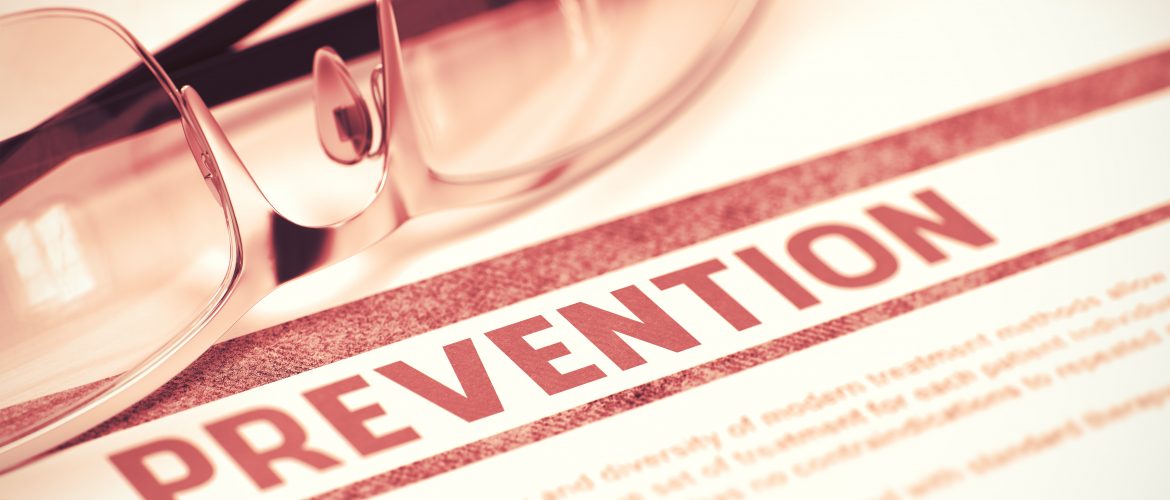The U.S. Department of Labor is suing a New York community health center and its CEO after they suspended and later fired an employee who reported coronavirus-related health and safety hazards, including actions possibly exposing staff to the virus and lack of proper social distancing protocols. The allegations violated Occupational Safety and Health Act anti-retaliation provisions.
The employee raised concerns to company management that in-person attendance at a March 2020 staff meeting could lead to transmission and contraction of the virus. The worker attempted to reschedule the meeting to attend by telephone, but ultimately refused to be present at the meeting in-person after management refused the scheduling change. The center and CEO later suspended and then terminated the employee.
The suit names the New York community health center and the CEO as the defendants. It is alleged that the health center and the CEO suspended and then fired the six-year veteran employee shortly after the employee reported a hazardous work condition to the CEO.
The employee later filed an anti-retaliation complaint with Occupational Safety and Health Administration (OSHA). OSHA found that the defendants violated Section 11(c)(1) of the Occupational Safety and Health Act for suspending and terminating the employee because they engaged in the protected activities of making a good faith health and safety complaint and refusing to attend the in-person meeting.
The complaint asks the court to order the health center to:
- Pay the complainant damages, plus interest, for all past and future lost wages and benefits resulting from the termination; appropriate front pay in lieu of reinstatement; reimbursement for costs and expenses; compensatory damages, including compensation for emotional pain and distress; and exemplary or punitive damages in an amount to be determined at trial.
- Expunge from all personnel and company records references to the circumstances giving rise to their unlawful suspension and termination of the complainant.
- Post a notice for employees stating that the defendants will not in any manner discriminate against any employee for engaging in activities protected by Section 11(c) of the OSH Act.
OSHA’s New York regional Office of Whistleblower Protection Programs conducted the investigation.
OSHA enforces the whistleblower provisions of the OSH Act and 24 other statutes protecting employees who report violations of various airline, commercial motor carrier, consumer product, environmental, financial reform, food safety, motor vehicle safety, healthcare reform, nuclear, pipeline, public transportation agency, railroad, maritime, and securities laws.
Additional information on OSHA’s Whistleblower Protection Programs can be accessed at: The Whistleblower Protection Programs | Whistleblower Protection Program (whistleblowers.gov).
Issue:
Employers must provide employees with assurances that reporting wrongdoing will be a protected action. Fear of retaliatory firing is a very real concern for employees. Investigations should be conducted fairly to verify any claims of wrongdoing. At the conclusion of an investigation, the employee should be made aware that wrongdoing was substantiated or not substantiated. Every company must have a zero-tolerance policy for anyone who retaliates against an employee for bringing an issue of wrongdoing to the company’s attention.
Discussion Points:
- Review your policies and procedures for non-retaliation. Ensure that the policy is up-to-date and revise if needed.
- Ensure that all staff are aware of your company’s policy for non-retaliation and the steps the employees should take if they suspect wrongdoing. File signed training documents in each employee’s education file.
- Periodically audit to ensure that all employees are aware of the steps they should take if they suspect wrongdoing and their awareness of the compliance hotline for anonymous reporting.













































































